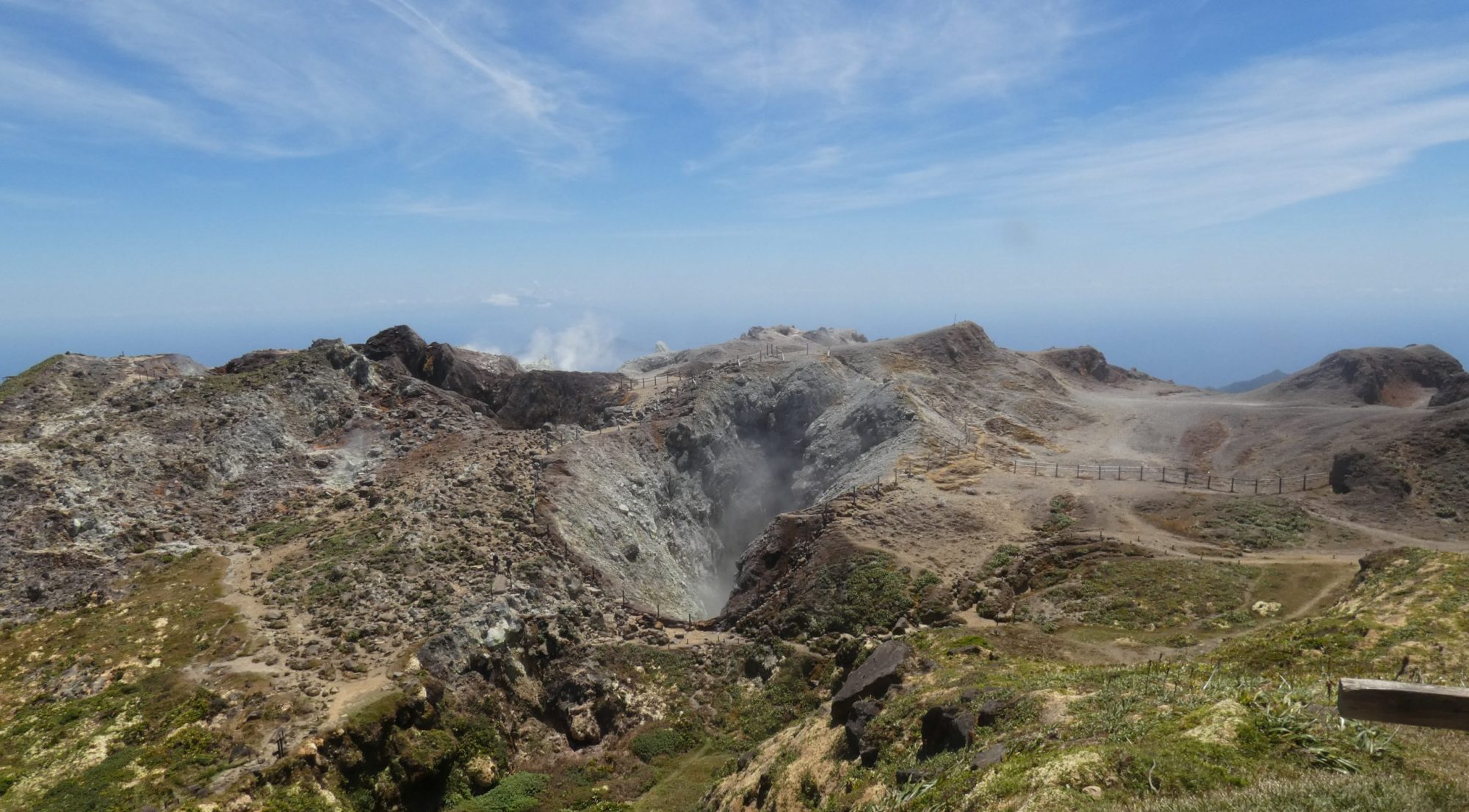March 23rd World Meteorological Day, this year’s theme is “Early Warning and Early Action”.
Meteorology is a relatively recent observational science. The technical progress made it possible after the Second World War (1950) to enter another dimension using remote sensors such as satellites and radio and then internet communicating sensors which allow the entire earth to be observed in real-time. Weather events can be monitored remotely from space or via sensors located in inaccessible areas.
A second revolution, that of digital (1970) made it possible to numerically simulate the ocean, the atmosphere and the ground over several days very quickly. Numerical weather forecasts are available every day for several weeks and therefore alert before extreme events: heatwave, snowstorm, sandstorm, torrential rain, extreme wind, hurricane, etc.
Despite these new capacities and their constant improvement, we remain weak in terms of the ability to adapt to extreme events, the causes of which we still have difficulty rigorously defining. Meteorology is not about the effects of risks, but about their origin: hazards.
Technologies, as in many other sciences, tend to make us forget that the size or form of digital information and data is not important, only their reliability counts and the people to analyse them.
On this world day TCGNRG invites you to ask yourself about the human resources available in your region to monitor weather phenomena, you will understand why forecasts are so inaccurate and so often wrong.
#WMO #WMD #WorldWeatherDay #Weather #Climate #Hydrology #LackOfResources #TCGNRG




